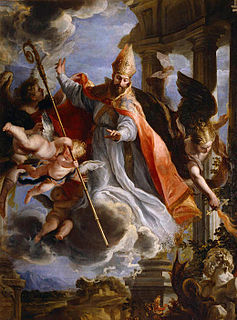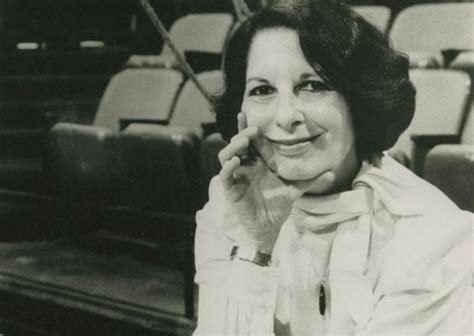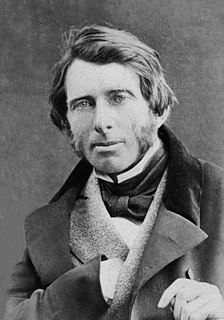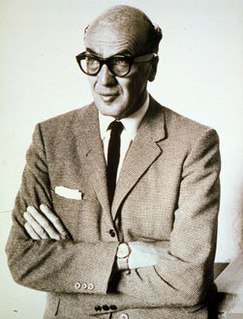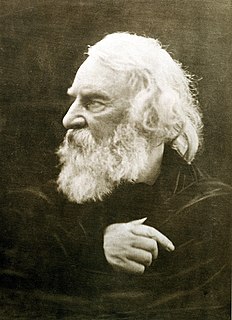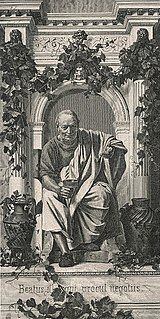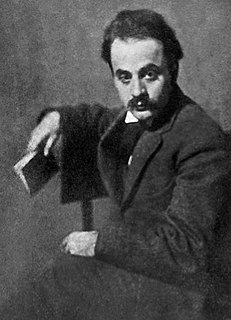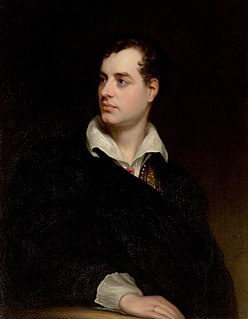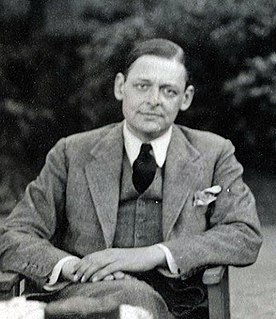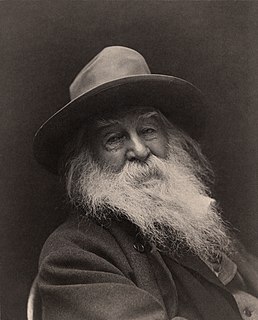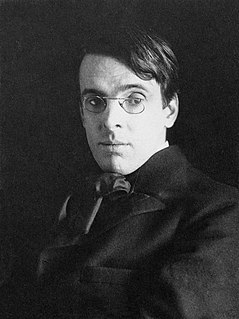A Quote by Edwin Arnold
Not a piece of architecture, as other buildings are, but the proud passions of an emperor's love wrought in living stones.
Related Quotes
In our own times, you see, an emperor came to the city of Rome, where there's the temple of an emperor, where there's a fisherman's tomb. And so that pious and Christian emperor, wishing to beg for health, for salvation from the Lord, did not proceed to the temple of a proud emperor, but to the tomb of a fisherman, where he could imitate that fisherman in humility, so that he, being thus approached, might then obtain something from the Lord, which a haughty emperor would be quite unable to earn.
I'm afraid what we are building today will not have the same impact and sustainability of the architecture of a 100, 500 or 1,000 years ago. The buildings of those days were miracles. We don't perform such miracles today. So we should be a little more modest. For my part, I'll be glad to show one of my buildings one day to my grandchildren and say: I'm proud of that.
I know not whether the remark is to our honour or otherwise, that lessons of wisdom have never such power over us, as when they are wrought into the heart, through the ground-work of a story which engages the passions: Is it that we are like iron, and must first be heated before we can be wrought upon?
I love the idea of engaging the object, whether it be architecture or a piece of good graphic design, or a good painting, or piece of sculpture, or even a piece of industrial manufactured object. A piece of engineering can be quite beautiful, too, or a photomicrograph, or a cosmic photograph. We're physical beings and why deny that. So in that sense, it's very sensual to have an object that has the power to communicate some emotion or a state or give you some sense.
Taj Mahal was built up by the Mughal Emperor Shah Jahan, who wanted his beloved wife to be remembered by one and all, with help of architectural geniuses like Ustad Isa, Isa Mohammad Effendi and Puru of Persia. The result that came across was a fine piece of Mughal architecture, fused with Persian, Islamic, and Indian architectural styles; or is believed so by many.
The havoc wrought by war, which one compares with the havoc wrought by nature, is not an unavoidable fate before which man stands helpless. The natural forces that are the cause of war are human passions, which it lies in our power to change. What are culture and civilization if not the taming of blind forces within us as well as in nature?

